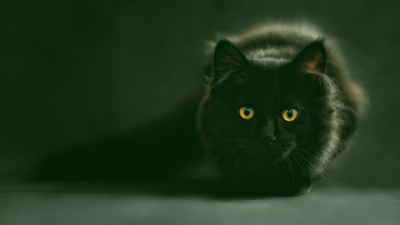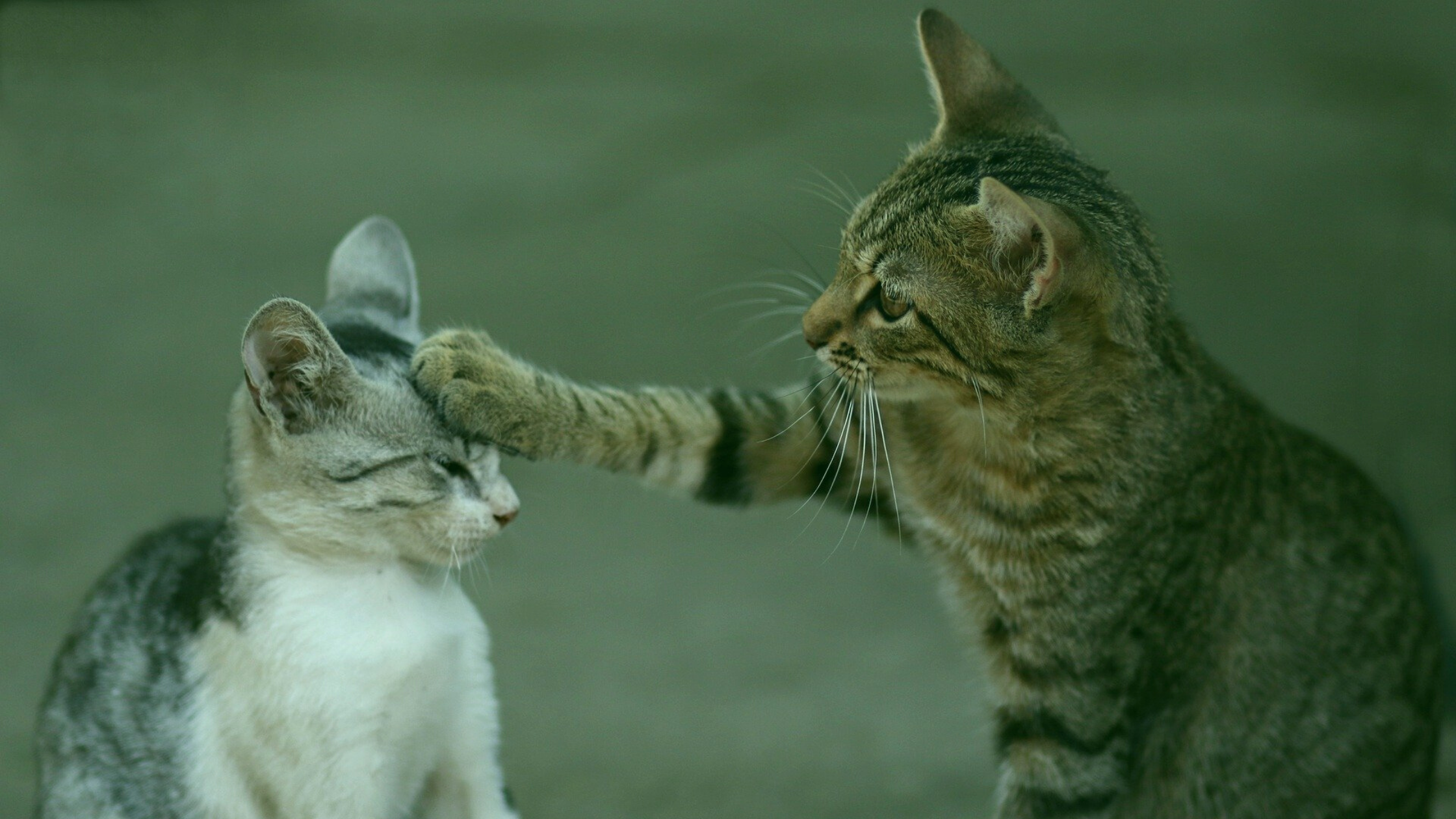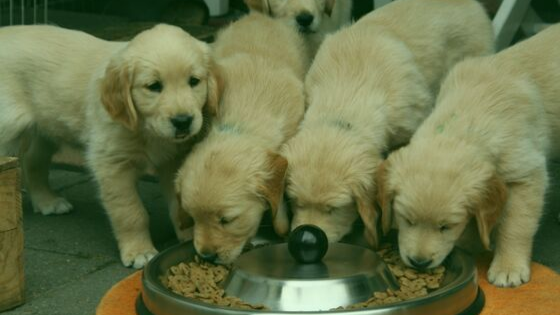Feeding the Carnivore in Your Cat
Understanding Your Cat’s Nutritional Needs, How Commercial Cat Foods Fall Short, and What To Do About It
 In Rudyard Kipling’s beloved short story, The Cat That Walked by Himself, he wrote that animals became domesticated by humans because of the food and shelter offered to them, but cats were the exception. In cats’ relationships with humans, they appeared to feel no obligations. Cats, unlike dogs, retained a bit of their wild nature.
In Rudyard Kipling’s beloved short story, The Cat That Walked by Himself, he wrote that animals became domesticated by humans because of the food and shelter offered to them, but cats were the exception. In cats’ relationships with humans, they appeared to feel no obligations. Cats, unlike dogs, retained a bit of their wild nature.
Veterinarian Jean Hofve has written a comprehensive book titled What Cats Should Eat: How to Keep Your Cat Healthy with Good Food. We are often confused about what we, ourselves, should eat to stay healthy, much less how we should feed our beloved pets. This book is encyclopedic in its breadth of priceless information.
The Diet of a Carnivore
Dogs are omnivores and eat a wide variety of foods. In nature, cats eat only meat. They have teeth designed for tearing, not chewing. Dr. Hofve points out that neither commercial kibble nor canned food bears any resemblance to our cat’s traditional diet of small animals. She teaches us how to read cat food labels and understand exactly what we are buying for our pets. She gives suggestions for nutritional supplements to make up for those nutrients that are not properly addressed in commercially available food. She also provides recipes if for preparing our pets’ food ourselves.
As a natural carnivore, a cat must consistently consume a high level of protein. In the wild, only 10% of cats’ diet is carbohydrate in the form of the foods in the stomachs and intestines of their prey. One of the labeling requirements for cat food is the amount of crude protein contained in the food. However, the testing method doesn’t test for protein, but for the element nitrogen which is a component of all protein molecules. This testing method has a significant shortcoming. In 2007, a Chinese manufacturer added a non-protein, nitrogen-containing substance called melamine to boost nitrogen levels for testing purposes and to save money by not actually using protein. Thousands of US cats and dogs died as a result. The testing method used for quantifying protein has not changed since this tragedy and there are no new safety measures to prevent another incident like this.
Shortcomings of Commercial Cat Foods
As you know if you have shared your home with a cat, cats are individuals. Commercial products do not always account for cats’ individual differences or special needs. During your cat’s lifetime, his nutritional needs may change greatly. Kittens, juveniles, pregnant or lactating cats, mature cats, and those with health problems each require different amounts of food and nutrients.
Excess weight is often a problem for cats fed commercial foods. Cats do not regulate their diet. If the food is there, they will eat it. It is best to set a specific feeding time for your cat and remove any uneaten food.
Urinary tract infections are a primary reason for a visit to the veterinarian. Dry cat food can lead to dehydration, concentrated urine (which is irritating), and kidney stone formation. Grains added to the food may also be inflammatory for your pet.
Diabetes is another problem related to food. Just as in humans, a diet that favors carbohydrates can lead to insulin resistance and then to full-blown diabetes. A switch to canned, high protein, high fat, and low carbohydrate food can make a real difference in reversing the disease if caught early enough. Other diseases related to nutrition include arthritis, vomiting, diarrhea, asthma, liver failure, skin and coat problems, immune system deficiencies, and early death.
Transitioning Back to a Carnivore Diet
If feeding your cat to better meet his health needs requires a change in his food, prepare for a battle of wills. After all, your cat, who hates change, may be comfortable with certain food and will not appreciate your attempts to improve his diet. Your cat “who walks by himself” may prefer to starve rather than submit to your efforts. Dr. Hofve gives pointers on dealing with cat reticence. She even relates an account of her two-year endeavor with one of her cats to complete an upgraded nutrition plan successfully.
Conclusion
These are just a few of the highlights from this book. There are so many nutritional considerations for your cat “who walks by himself” and who has deigned to spend time and companionship with you. Since you are the chosen one, it is up to you to help make that relationship the longest and healthiest it can be. This book is your primer.
- Kipling R. Just So Stories. Weathervane Press; Nottinghamshire, UK: 1978.
- Hofve J. What Cats Should Eat: How to Feed Your Cat for Optimal Health. 3rd Edition. www.vetwisepublishing.com: 2014.
Written by Carol Petersen, RPh, CNP
Edited by the Staff at Pet Health
© Pet Health, a division of Women’s International Pharmacy, Inc.





